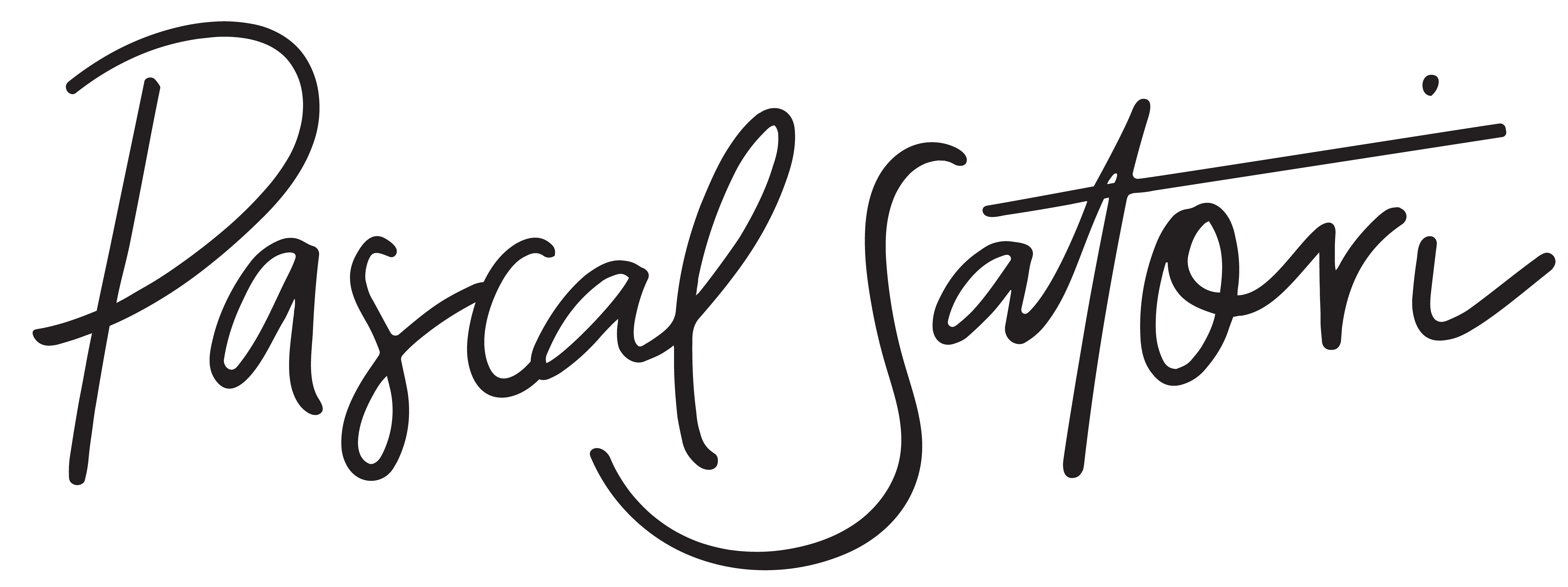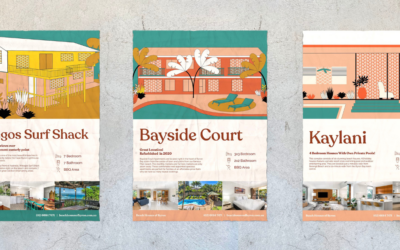In part one of our two-part series on authenticity, we’re looking at why authenticity has become such an important factor in brand communications. In Part two, we’ll talk about what this means in terms of your brand’s communication strategy: How do you demonstrate your authenticity and what are the consequences of being inauthentic? We’ve got some juicy case studies for you…
As consumers, we’ve become adept at reading and decoding marketing. In a way, we’ve all become multilingual. We understand and can translate messages delivered in multitudes of ways: from images, cross-platform video content and the testimony of influencers and ambassadors, to the written words that brands serve us directly. We understand which fonts are used to convey luxury, and we can usually spot the tricksy language that connotes (but carefully doesn’t commit to) health and wellness. We can speak fluidly in emoticons, GIFs, captions and tweets. We understand which colour palette is designed to appeal to our demographic. We know we’re being monitored, tracked and targeted on social media. And, because we know these things, the bar for brand communications has been raised much, much higher.
Because we’ve gotten more sophisticated and savvier, more demanding and more discerning in what we expect from brands, traditional marketing no longer resonates. Gen Z, the most powerful consumer group of the very near future, combined with millennials, have led the charge on this front, setting a new benchmark for brand communications on behalf of all of us. What this means, in a (raw, unpolished) nutshell, is that brands must now be authentic in how they present to and engage with their customers, or they simply won’t have any.
The era of airbrushed photos, stage-managed media appearances and poised celebrities as the highest brand power in the nineties gave way to the millennial’s Instagram aesthetic with filters, pouting Boomerang videos and curated feeds in the noughties and beyond. We were saturated, bombarded with so many contrived and controlled brand presentations that we learnt to see through them in a matter of moments. Millennials and Gen Z taught us how, and our tolerance for being manipulated is now lower than ever before.
Consumers of today resent feeling like they are being lied to (read: sold to without scruples). So, they reject brands who try to reel them in without substantive and substantiated storytelling. They reject brands who present as a monolithic entity without conscience, credibility or commitment behind their messaging. They reject brands who ask customers to opt in to whatever they’re promising without being transparent about who they are and how they operate. They reject brands who don’t go to any effort to be genuine in their interactions with customers (yep, sites with chatbots instead of staff, we’re talking about you).
Predictability in marketing is dull.
Overt selling is so last season.
Authenticity, on the other hand, is timeless.
For the next generation of consumers, the celebrities they follow are more likely to be YouTubers who shot to fame by being themselves rather than actors or singers with blockbuster or chart hits. Their popularity comes from being candid, direct, transparent and messy in how they present to the world. They are, for want of a better word, ‘real.’ And, as the rise of ‘real-people’ campaigns and the power of peer reviews attests to, brands today are much more likely to gain credibility and traction with their consumer base by communicating themselves in a truthful, democratic and straightforward way rather than in orchestrated presentations. It’s a bit like the ‘no-makeup’ trend, though: it takes a lot of makeup to achieve a perfectly ‘natural’ look. In this way, brand authenticity is a bit of a misnomer. Images are still edited, words are still deliberated over. A lot of careful strategy can go into communicating an ‘authentic’ brand identity. But, as we talked about in an earlier blog, if it’s not grounded in truth, it won’t last the distance.
What consumers are seeking now is honesty. It’s the ultimate antidote to artifice and spin in marketing. But what does this actually mean in terms of how brands should communicate with their customers? Do customers really want ‘warts and all’ insight into the daily operations of a brand? How do they want to receive these insights? Do they care what an ethical fashion brand founder eats for breakfast?
Stay tuned for the answers in Part 2: Essential authenticity: How to show your authenticity in brand communications.
In the meantime, if you’d like to know more about the combined might of the millennial and Gen Z consumer group, take a dive into this site. You can only ride a wave if you see it coming….
And, if you’re keen to have an honest conversation about your brand, get in touch with Pepebucks by calling 0411 755 895 or emailing paris.young@pascalsatori.com.




